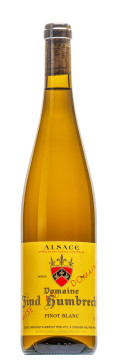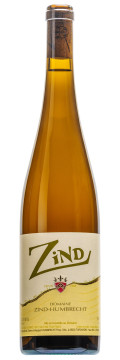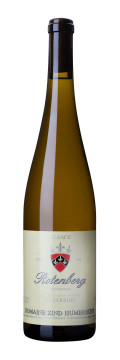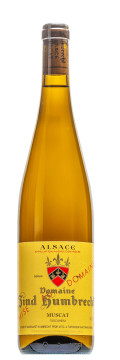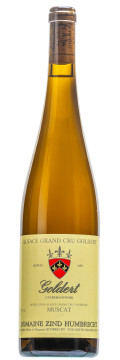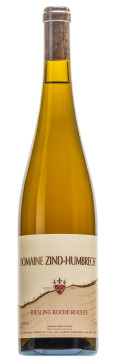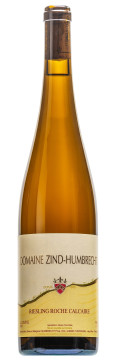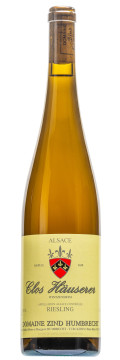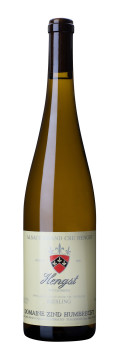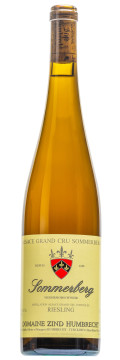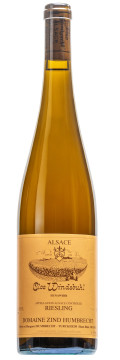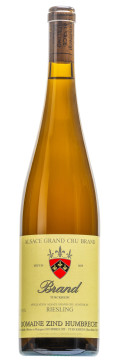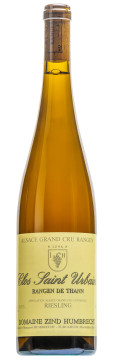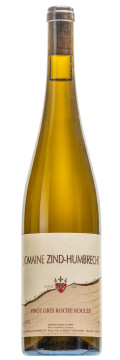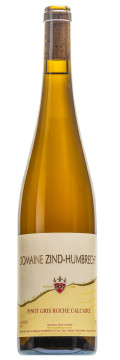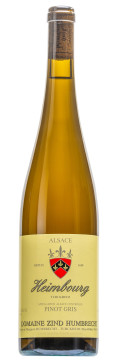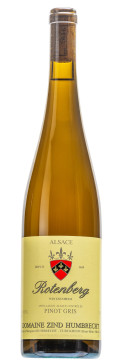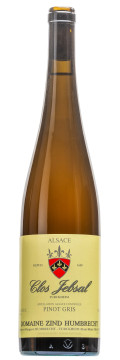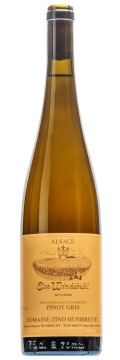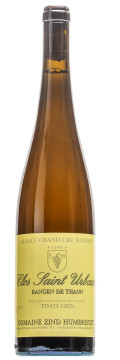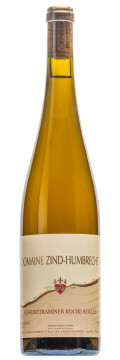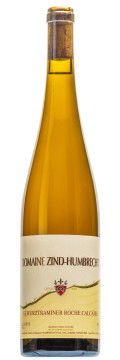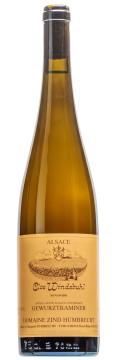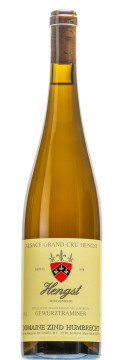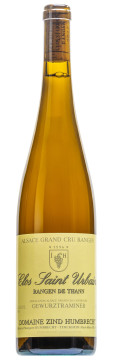Vintage 2021
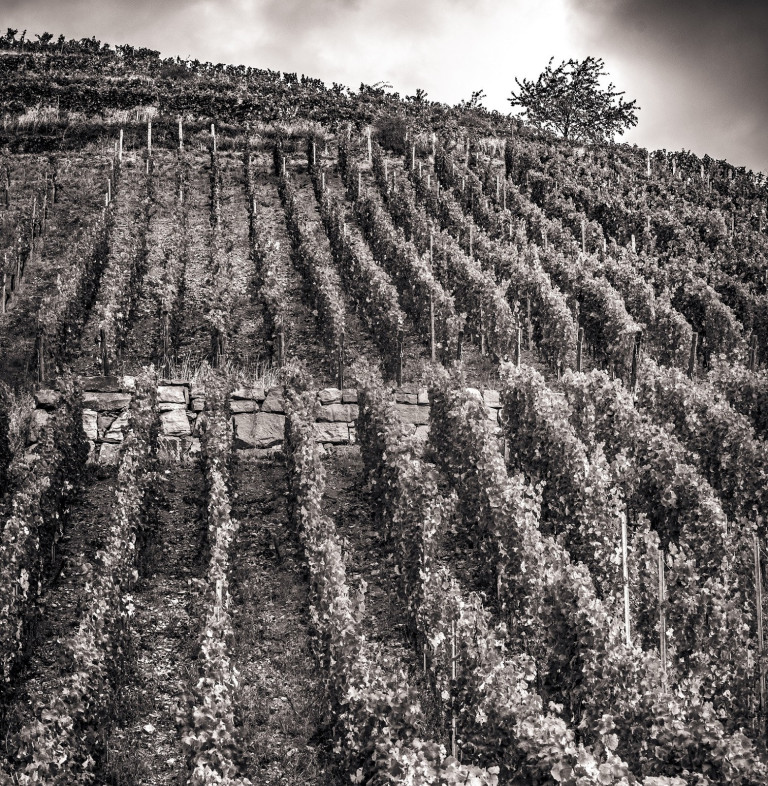
Description oh the vintage
2021 ! Well, what challenging vintage in France, but what an amazing quality!
At the end of 2020, vineyards and soils were quite dry. Despite an early end of harvest, it was necessary to wait for some October and November rains to start the winter ploughings. An early harvest means that the vines are staying green for a much longer time before the first frosts (mid-November 2020), allowing them to constitute better reserves for the following year. This is really important, especially after a hot summer. Early winter was very wet, but in January the temperatures dropped significantly to increase again in February. It was worrying but luckily temperatures dropped again end March. The last days of March were very warm (27°C recorded in Turckheim) and the vines started to budbreak (especially Gewurztraminer). April 6th, frost going down to minus 2 to 3°C. Frost damage wasn’t really obvious to see, except for grapes like Chardonnay. Because April was rainy and cold, the vines grew very slowly. It is only much later in the year that we could see that this cold wave probably dropped the crop by 20/30% in some places.
Spring was very wet, most days in May we had rain and temperatures were low. The growth was heterogenous. June was warmer but still lots of rain, making it extremely difficult for the vineyard team to proceed with the spraying programme. Most organic products are only contact (not systemic, they do not penetrate the sap system), so they have to be renewed after each significant rainfall. With the heat and excess water, the vines started to grow very quickly, and so did the downy mildew. Flowering started 11th June. We had, luckily, a week of dry weather with temperatures going up to 35°C, so it went very quickly, erasing the homogeneity in the vineyards. Massive rainfalls end June and eventually the mildew exploded on the leaves at the very end of June and on the clusters mid-July. The rains continued till the end of July but with less intensity. The vines very green and lush. Cover crop also were still very green and kept growing like in spring !
With August, the rainfalls stopped and the weather became warm and very nice and it was almost autumnal early September but really beautiful. The change of colour of the grapes was later than usual (early August for the earlier ripening place like Clos Jebsal) but more around middle August for most vineyards in Alsace. The consequence of such climate (a record 125mm of rain in June alone and only 10 days a month of no rain between April and July!) was a loss of crop of roughly 50% on most vineyards, half due to frost, half due to mildew. Eventually the dryer August/September months desiccated the grapes affected by mildew so the remaining grapes were healthy and nice. Some areas almost suffered from drought end August !
Harvest started 15th September and finished October 2nd with no stress and a smaller team than usual (small crop!). It was easier to target the correct ripeness as the grapes ripened evenly and not to fast. Acidities are high in 2021 but pH are almost similar to 2020. We then realized that the wetter spring provoked a huge metabolic activity in the soils with in consequence a bigger mineral release and very high nitrogen levels in t he grapes. It explains why some wines fermented extremely fast (all Pinot-Gris and Gewurztraminers) and became bone dry. Absolutely all the wines of 2021 are in the dry category (Indice 1) and sometimes, really super dry with an amazing tension and ripe acidity. They also show a certain power but less alcohol than usual typical of wines made at very low yield. We averaged for Alsace AOC a low 25hl/ha and even less on the Grands Crus with 19hl/ha. It is always difficult to compare with previous vintages, but I would say that 2021 is a combination of 2019, 2017 and 2010. Definitely a vintage worth cellaring but unfortunately in very small volume.
